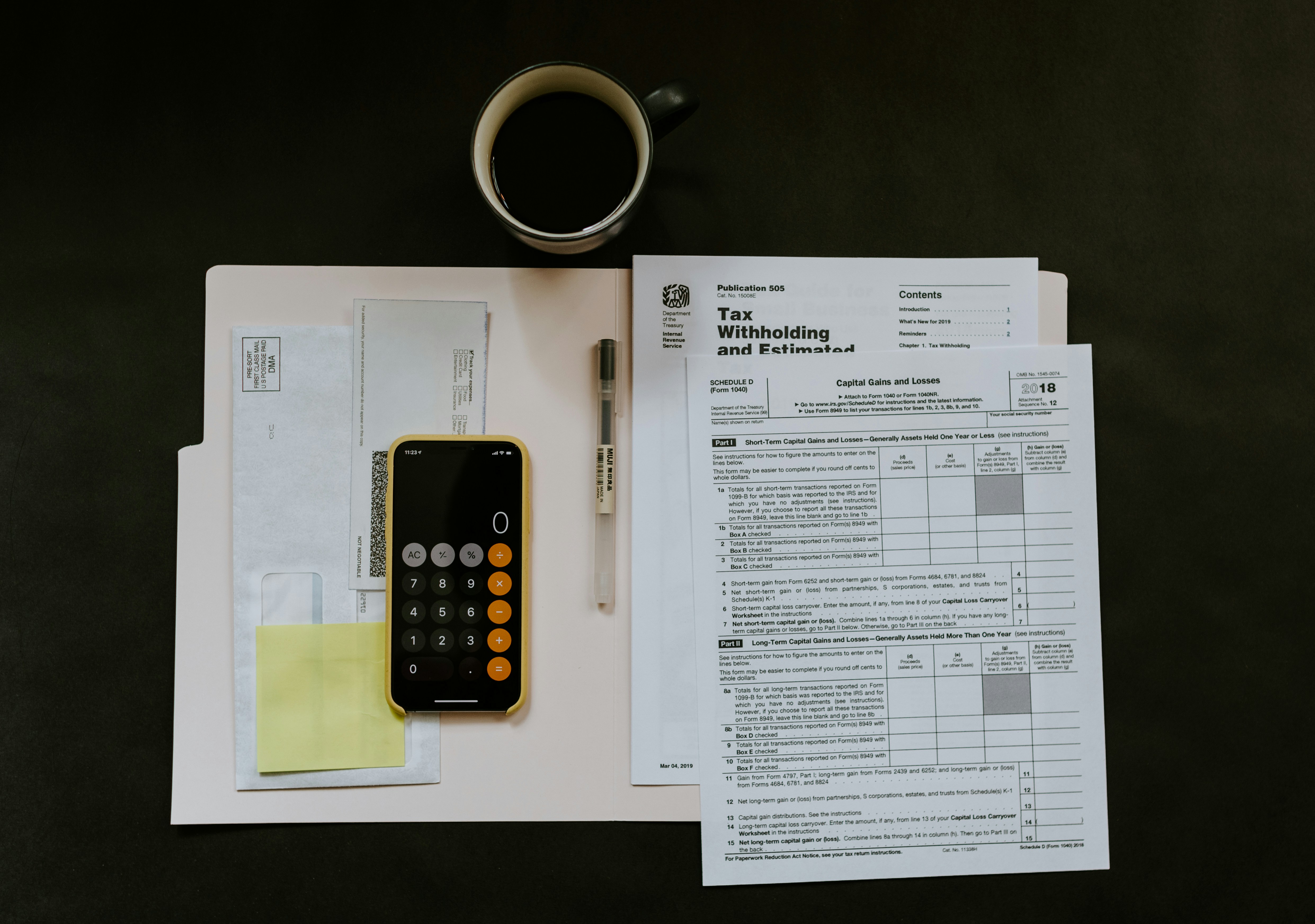NFTs (non-fungible tokens) are digital presentations of ownership. Specifically, this refers to a piece of art or online content that is one of a kind, with no analogs. This way, an artist or creator can sell their product online by creating or minting an NFT out of it. What’s more, they can prove the authenticity of their work with ease. As the popularity and application of NFTs increase in the digital world, two big platforms for sharing unique content – Spotify and Instagram – have come up with new interesting ideas.
Spotify
Artists use Spotify to upload unique pieces of music. Recently, the platform has engaged in tokenized commerce with the support of its gaming partners. Here’s how it works:
Example: John is an avid collector of music content. He is looking to buy some interesting beats on Spotify, all of which have been minted by their true creators. John buys them for a specific price and is now the proud owner of music NFTs. Therefore, he has the exclusive right to access certain discounts, products and collections offered by Spotify and its partners. If John had only one NFT in his crypto wallet, he wouldn’t have access to the unique content of other companies. However, by having the exact amount of concrete NFTs, he is allowed to browse the content of Spotify partners. This is a great way for digital companies to reach out to more customers.
In addition, Spotify is developing a Beta Program for exchanging NFTs. This program will encourage customers to purchase content using a credit card or cryptocurrency. If you have a NFT store on Spotify, you could qualify for the program if located in the US and on the Spotify Plus plan. Spotify plans to expand this feature to more countries in the future.
Instagram
In October 2010, Instagram launched on the mobile operating system, Apple. Two years later, Facebook bought it for $1 billion. What started simply as an app for posting unique photos and videos is now a career for many. With its various posting instruments, one could potentially reach millions of monthly users with their work. But how can we be sure that no one else can claim ownership of the content we post on Instagram?
One way is by minting NFTs, or ‘digital collectibles’ in the realm of Instagram. Once minted, NFT collectors can buy them. Every NFT is presented to the world in the form of an Instagram post. Included in this is the product description, and all public information about both creator and collector. For now, very few accounts have access to this new feature. The app is currently using only two open blockchains, Ethereum and Polygon, to gather and organize public information. Although, it is planning to expand to other blockchains soon. By developing this idea, Instagram hopes to make digital collectibles more accessible by promoting the advantages of owning NFTs.
Measuring NFTs
While measuring NFTs is not yet popular, brands and advertisers have been leveraging social listening to better understand the landscape. This includes learning about the way artists think about NFTs, and how and where they monetize their art. Social media analytics not only paints the full picture in terms of user journey, but also helps to pinpoint opportunities along the way.
To find out more about how RILA GLOBAL CONSULTING can help, get in touch.


































































































